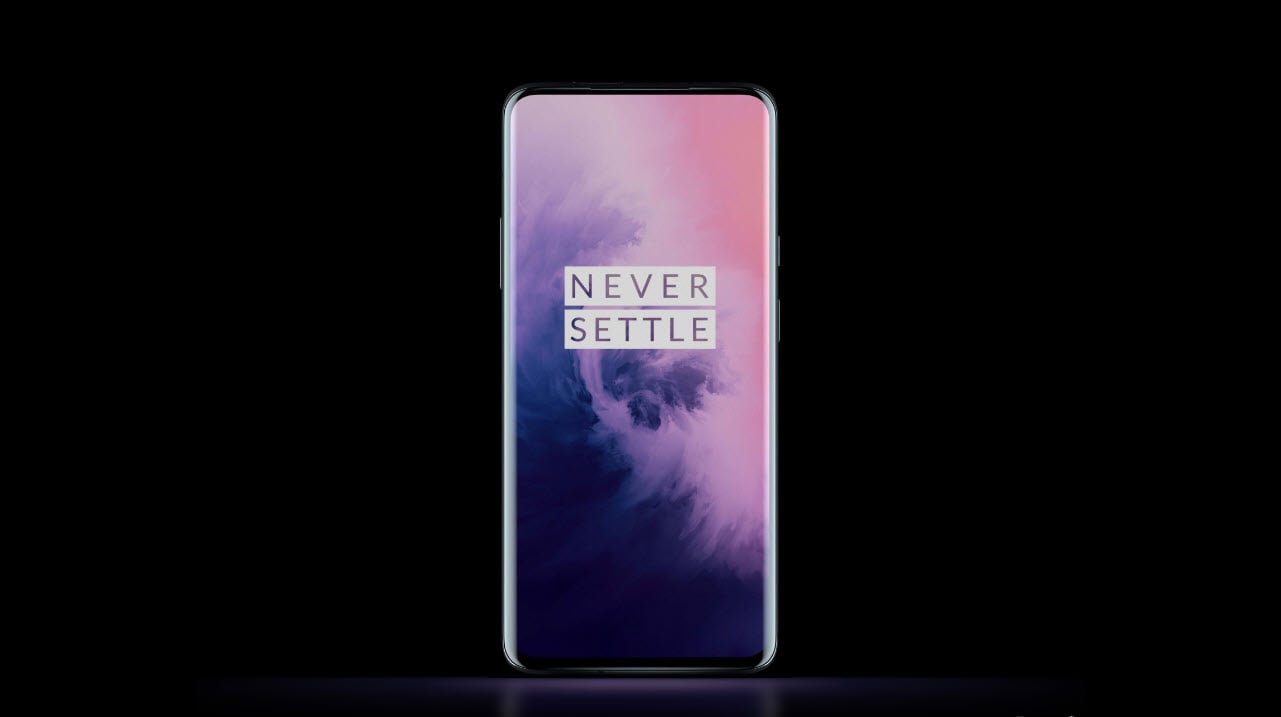Gaming, a hobby for few, a passion for many and a stress-buster for almost everyone, but in recent times, while getting better in terms of quality they are also becoming more demanding in terms of hardware requirements.
A popular way the general public accesses games nowadays is through their smartphones. These devices get better and better with each iteration, the mid-tier phones and the high-end ones, they all provide experiences that the user can enjoy, but within the last few years a new kind of smartphone genre has been on the rise, and that is what this article is going to focus on.
What do gaming smartphones bring to the table?
Now when talking about gaming phones, the companies that come to mind are Razer, Asus, Nubia and the Black Shark line supported by Xiaomi. Keep in mind these are just some of the few manufacturers whose phones can play games well.
This trend of gaming-oriented smartphones all started when the first iteration of the Razer’s phone was launched, and since then we have seen Razer make the second generation, Asus announced the ‘ROG phone‘ (shown in the image above), Nubia makes a line called the ‘Red Magic’ and Xiaomi supporting Black Shark to make two phones as well.

Talking about what they bring to the table, Razer made higher refresh rate screens a feature that many people have come to desire, Asus has the RGB customization on their phone along with a unique controller mount, which Black Shark offers as well and then we have Nubia’s Red Magic 3 that has included an internal fan.
Other features that have been highly focussed upon in these phones are the speakers, the batteries and the inclusion of heat pipes and liquid cooling solutions.
Also read: 7 reasons why your smartphone is heating up and how to tackle it
How do these make a difference?
Display
The traditional displays that we have come to see in our smartphones have all always been locked to a refresh rate of 60Hz. But when the Razer phone showed off its 120Hz panel the expectations that consumers had from manufactures changed, soon varying LCDs with high resolution and varying rates started showing up, leading to the current display on the OnePlus 7 Pro which is an AMOLED panel which refreshes at 90Hz.

Now the higher refresh rate makes the entire UI of the smartphone feel snappy. This truly makes a difference when playing an FPS title on a smartphone as one can move around their character with them barely seeing any jitter on their screen and the faster refresh rate also makes the overall gameplay feel smoother and faster adding to the experience of gaming which a display locked at 60Hz cannot do.
Related: 60Hz vs 120Hz vs 144Hz vs 240Hz displays
RGB Lighting
RGB Lighting has nothing to do with performance. Instead, it adds to the aesthetics of the device. We have all seen people customise the back of their iPhones to include a glow up Apple logo and this feature more or less puts that into a users hand, only in this case the manufacturer officially supports it. These can be currently found on the ROG Phone and the Red Magic 3.

With screens heading in the notch-less direction, there is one popular feature that has been lost — the notification LED. But this can be substituted by the infrastructure provided by the lighting options on these phones (at least on the ROG phone).
Cooling solutions
Gaming as we know it has always been a task that can stress out all forms of hardware as it generates exceptional amounts of heat which when enclosed in a small smartphone body can cause harm to its internal components. The most sensitive parts being the lithium-ion battery and the processor which can throttle.
To tackle these issues, manufacturers have started, including heat pipes. These run across the entire length of the phone and thermal paste, and some companies are also including certain liquids in their pipelines to improve cooling capability. The latest addition to the list of solutions was made by Nubia who added an internal fan to circulate air within the enclosed structure to cool the phone, and as mentioned by JerryRigEverything in his video the fan does seem to function effectively.
The latest addition to the list of solutions was made by Nubia who added an internal fan to circulate air within the enclosed structure to cool the phone, and as mentioned by JerryRigEverything in his video the fan does seem to function effectively.
These solutions, if they work as described, are bound to keep your phone cool and prolong the usability of its battery and make your sessions enjoyable with no heat hurting your hands.
Also read: Why do smartphones explode? A nerd guide
Batteries
How long one’s smartphone can last with the serious load of gaming thrown on it has always been somewhat of a dark horse-like topic, but gaming phones changed up the trend as they showed the public that with a little sacrifice in terms of size a larger battery can be included in the phone.
With slightly cheaper phones offering larger battery capacities, flagship manufactures are surely under pressure to include excellent battery backup, and this is causing a shift in the market.
Although all that an increase in battery size does is provide longer usage hours. Touting larger batteries as a gaming feature has surely made manufacturers include them in their phones to make them as versatile as possible. So while this feature affects the daily usage scenario, the most difference it has made is definitely in terms of moving the market forward.
Also read: The Epic war: PC vs Console vs Mobile gaming






